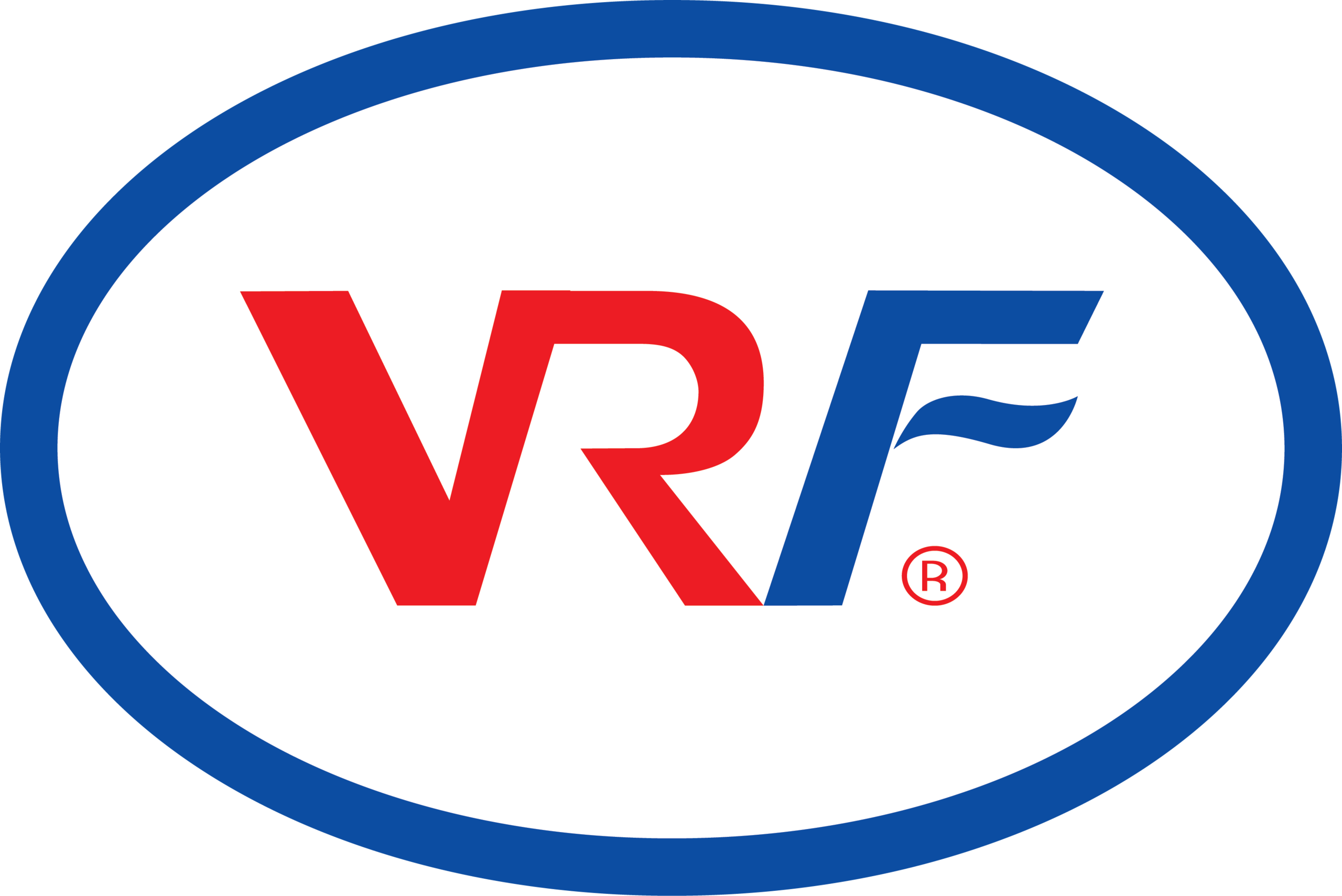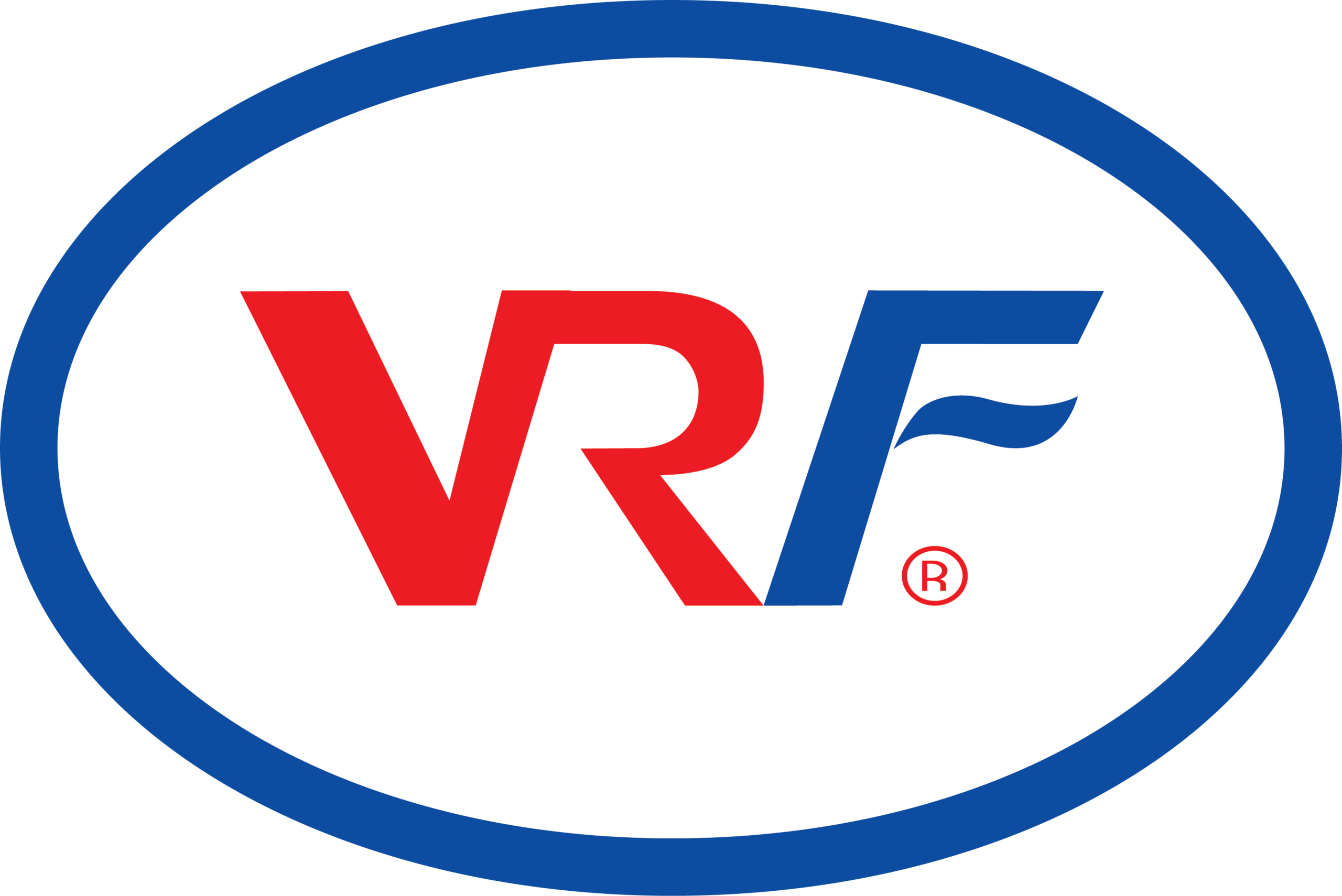The global construction industry is embracing lightweight materials that offer sustainability without compromising strength. Among these, lightweight aggregate concrete (LWAC) stands out for its unique combination of reduced density, high durability, and insulation properties. It has become essential for modern infrastructure, driving substantial growth in the Lightweight Aggregate Concrete Market. As more projects adopt lightweight materials, understanding its growth trajectory through CAGR metrics becomes vital for investors and manufacturers alike.
LWAC’s growth is largely fueled by rapid urbanization, energy-efficient building initiatives, and the global shift toward eco-friendly materials. The market’s expansion reflects a broader trend in construction technologies that emphasize resource optimization and lower carbon emissions. From bridges and tunnels to skyscrapers and prefabricated panels, LWAC is making its mark across diverse applications.
The ongoing rise in construction investment in Asia-Pacific, North America, and Europe has also contributed to market expansion. Additionally, advancements in production processes — such as synthetic aggregate manufacturing and polymer-infused concretes — have enhanced product quality and cost efficiency.
According to an in-depth Lightweight Aggregate Concrete CAGR analysis, the Lightweight Aggregate Concrete Market is projected to record steady annual growth in the coming decade. This consistent CAGR underscores the material’s rising acceptance across residential, industrial, and commercial construction.
Despite challenges such as fluctuating raw material costs and limited availability of lightweight aggregates in certain regions, innovations in aggregate synthesis and recycling are helping sustain positive growth. As environmental regulations tighten and developers seek efficient materials, LWAC’s growth momentum is expected to accelerate further, making it a key component in the sustainable future of global infrastructure.


